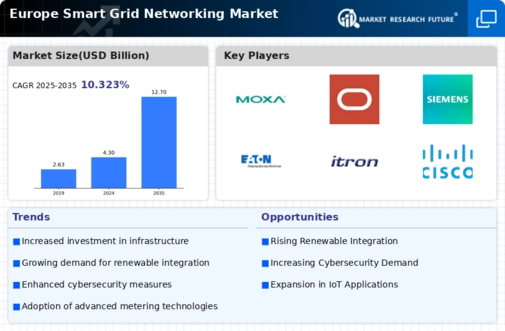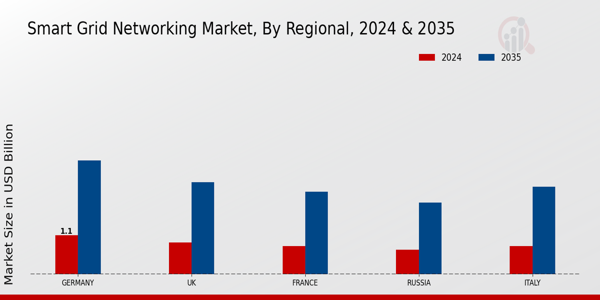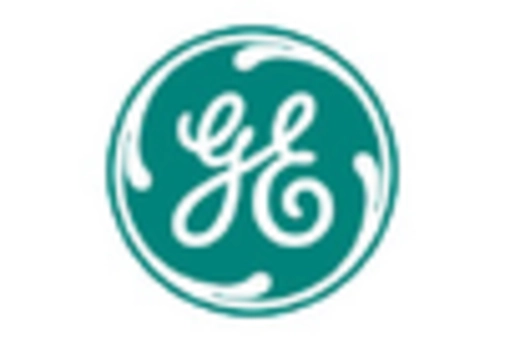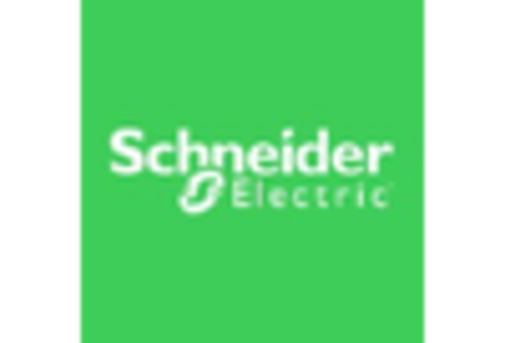The Europe Smart Grid Networking Market is characterized by a dynamic interplay of various players seeking to capitalize on the region's increasing demand for energy efficiency and improved grid management. As governments and utilities focus on transitioning towards more sustainable energy sources, the competitive landscape has become increasingly intricate. Established firms and innovative newcomers are vying for market share, each bringing unique solutions and technologies to address the specific needs of smart grid applications. This competitive environment fosters innovation, leading to the emergence of advanced networking solutions that ensure secure, efficient, and reliable energy distribution across the continent. Stakeholders are also prioritizing interoperability among technologies and cooperation across various sectors, given the need for cohesive strategies in the expansion of smart grids in Europe.
Moxa has established a significant presence in the Europe Smart Grid Networking Market, recognized for its strengths in providing reliable industrial networking solutions. The company’s expertise lies in integrating advanced networking technologies with smart grid applications, which enhances the communication infrastructure essential for real-time monitoring and control of electric grids. Moxa benefits from its strong reputation for product reliability, ensuring that its networks can withstand the demands of harsh operational environments typical in energy sectors. Furthermore, Moxa’s commitment to research and development has led to innovative offerings that meet evolving regulatory standards and geological concerns across various European countries, allowing it to maintain a competitive edge and cater efficiently to the growing needs of energy utilities and infrastructure operators.
Oracle has also made a significant impact in the Europe Smart Grid Networking Market through its comprehensive suite of solutions tailored for energy management and data analytics. The company offers a range of products designed to support utilities in managing complex smart grid infrastructures, including software for meter data management and advanced grid analytics.
Oracle’s robust cloud-based platforms facilitate seamless data integration from diverse sources, empowering utilities to leverage real-time analytics for decision-making and operational efficiency. With a strong focus on partnerships and strategic acquisitions, Oracle has enhanced its capabilities within the European region by broadening its technology portfolio and deepening its market penetration. These strategies have solidified Oracle's position as a leading player in the smart grid domain, demonstrating strength in both innovation and customer engagement while responding effectively to the rapid transformations occurring within Europe’s energy landscape.
























Leave a Comment